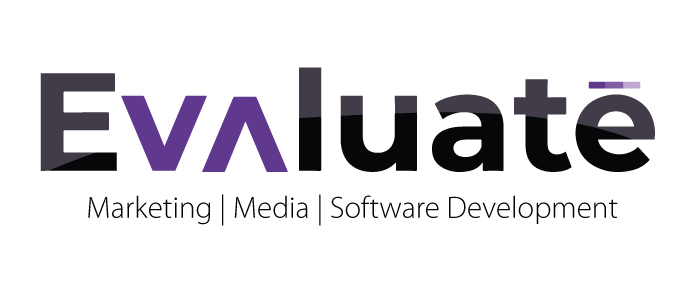In the medical world, blindness takes various forms. There is partial blindness, color blindness, and total blindness but in the advertising world, there is only one form of blindness and it is called banner blindness. Banner blindness also called ad fatigue means the likelihood of web users seeing an advert and ignoring it consciously or unconsciously even if the ad contains useful information. Banner blindness is the reason why even after putting out ads, there is no increase in sales. Here are some common causes of banner blindness.
1. Information overload: Increase in the number of advertisements is one of the major causes of banner blindness. There are too many adverts available on the web. The internet has become like a busy market place where every vendor is thrusting their products in your face, and this can be extremely exhausting. There is an important determinant in users’ viewing behavior called visual attention, it is defined as a cognitive process which shows that users can concentrate on only one thing at a time, having too many objects in view makes it difficult to focus at all and this contributes to behaviors such as ad avoidance or banner blindness.
2. Relevance: Ad relevance is another factor that affects the attitude of an audience to a placed ad. The intention to click on an ad is motivated to a large extent by its perceived relevance. People only willingly click on a link if they think it would be beneficial to them in the long run.
3. Ad location: The location of the banner is very important because it has been shown to have an important effect on the user seeing the ad. Users generally go through a web page from top left to bottom right. So that suggests, having ads in this path will make them more noticeable. Since viewers ignore ads when it falls into their peripheral vision, the right side will be ignored more. Banner ads just below the navigation area on the top will get more engagements.
4. Brand recognition: the popularity of a brand may affect whether a brand’s ad is noticed or not. If the brand is foreign to the viewers, there would be no willingness to click on the link. On the other hand, if the brand is familiar to the viewers, the banner would reaffirm their existing attitudes toward the brand, whether positive or negative. This suggests a banner would have a positive impact only if the person seeing the banner already had a good perception of the brand and vice versa.
The good news though is, there are ways to prevent users from being blind to your ads and some of them are listed below.
1. Native advertising: Make use of native advertising. Native advertising is the use of paid ads that match the look, feel, and function of the media format in which they appear. The beauty of Native ads is that they don’t really look like ads because they are better integrated with the website and as a result, they have better viewability for users. Native ads are ads that are delivered within the online feed content. For example, short video ads played between episodes of a series, text ads in social feeds, graphics ads within mobile apps and are fastly gaining more attention and engagement than traditional ads.
2. Re-strategize: When you notice that your ad is being boycotted, take out time to find out why and then, re-strategize. Was the banner looking too similar to others? If yes, then you need to work on it. Create something unique and while at it, give simplicity a chance. Ads with simple designs are more appealing than those filled with complicated and unnecessary designs.
3. Make use of video ads: Video ads are ten times most likely to catch a user’s attention than simple images. This is because even though a lot of people do not like to be disturbed by ads while making use of the internet, people love to be entertained. So, there is a likelihood that video content would always get more engagement.
Banner blindness when not prevented is capable of ruining every effort put into advertising and that’s why keen attention should be paid to it. When an ad that has been placed for a while is not generating quantifiable leads, check again, it might just be a case of banner blindness.

